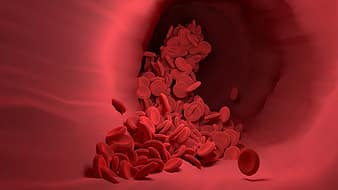Image courtesy of Pikist.
Researchers based in Northern Italy recently took towards analyzing pathological features of infected lung tissue samples of thirty-eight deceased patients to better understand the pathogenesis and clinical manifestations of COVID-19.
The team of scientists observed that all cases exhibited features of diffuse alveolar damage (DAD), a hallmark of acute respiratory distress syndrome (ARDS), which is well-known to occur together with COVID-19. In particular, DAD describes changes to lung structure that disrupts gas exchange—in the patients, there were signs of hyaline membranes (dead cells in the lung alveoli), capillary congestion, interstitial and intra-alveolar oedema (pathological fluid buildup) and other characteristics of DAD.
One of the most distinctive findings was the formation of blood clots (diffuse thrombosis), in small arterial vessels. This occurred in eighty-seven percent of cases. According to the researchers, these data can explain the severe blood oxygen deficiency that is characteristic of ARDS in COVID-19 patients, and will hopefully inform effective treatments that mitigate ARDS in critically ill patients.
Source: https://www.thelancet.com/journals/laninf/article/PIIS1473-3099(20)30434-5/fulltext

